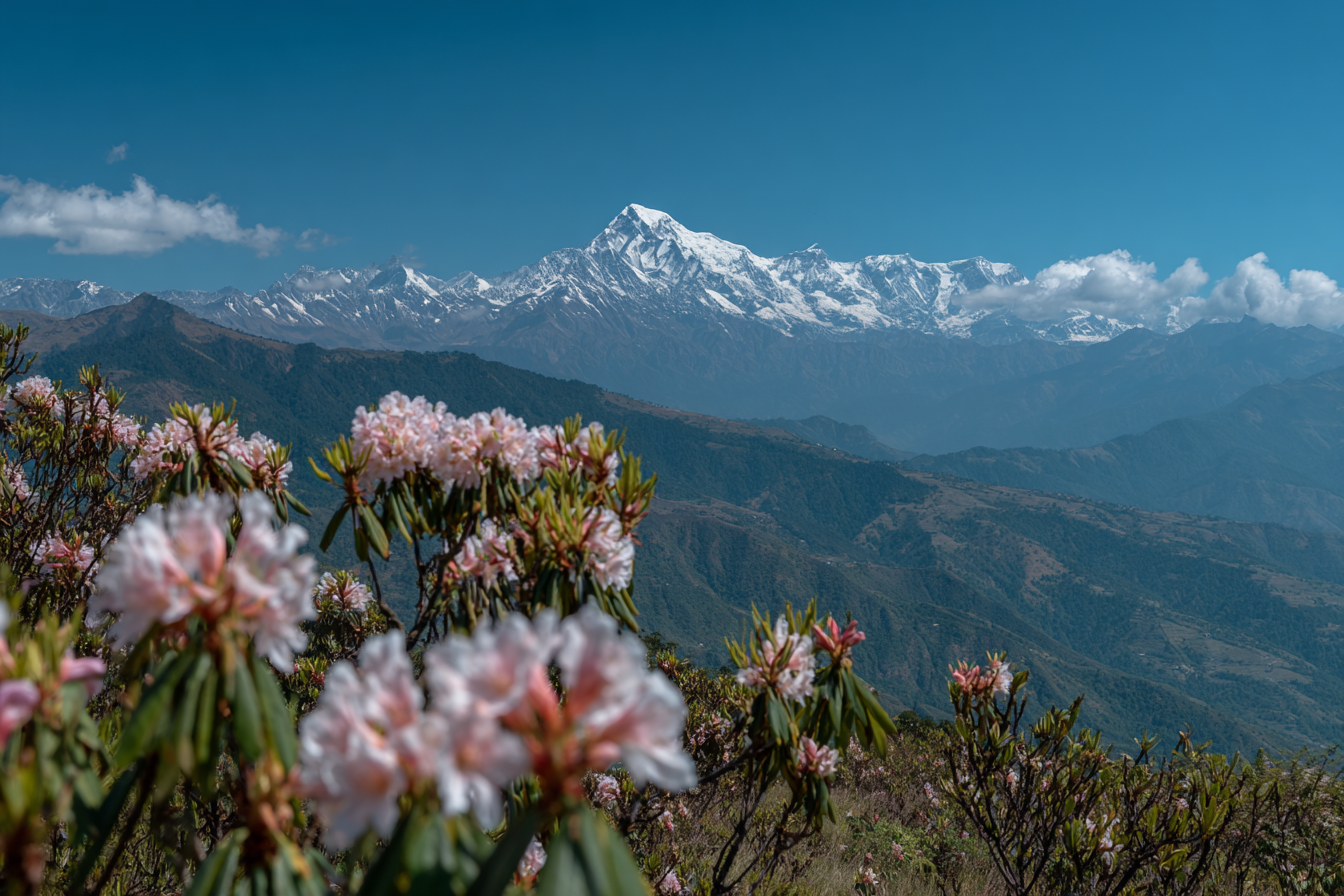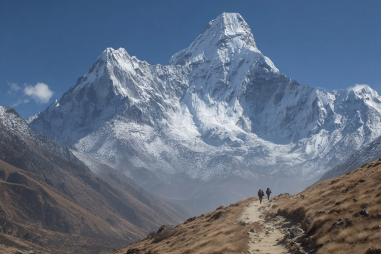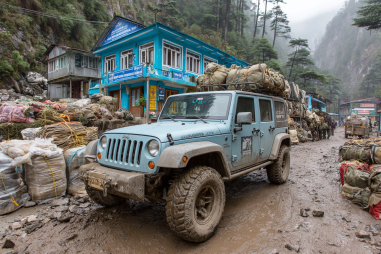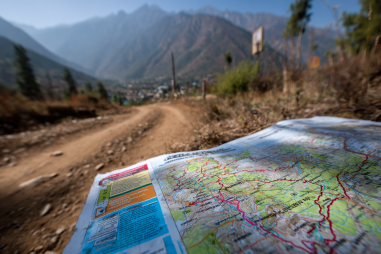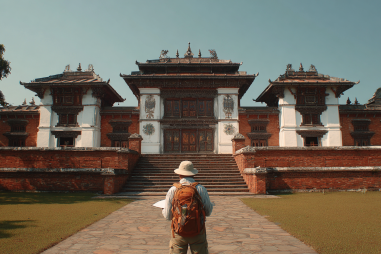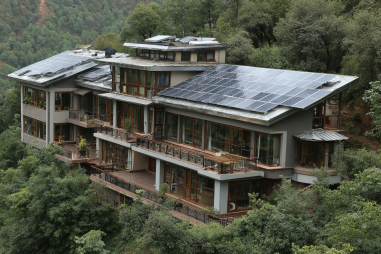Planning a trip to Dhulikhel can be an exciting venture, especially when you know what to expect weather-wise. Nestled in the Kathmandu Valley region of Nepal, Dhulikhel offers stunning Himalayan views, serene landscapes, and vibrant cultural experiences. To truly enjoy your visit, understanding its weather patterns and the best times to travel can make all the difference. Whether you’re gearing up for hiking, sightseeing, or immersing yourself in local traditions, this guide will help you pick the perfect season for your journey.
Overview of Dhulikhel’s Climate Zones
Dhulikhel is located at an altitude of around 1,550 meters (5,090 feet) above sea level, giving it a moderate and pleasant climate throughout much of the year. Its geographical position allows it to be a gateway to the Himalayas while still benefiting from a temperate climate. The city experiences a subtropical highland climate, which means you’ll encounter distinct seasons — from warm summers to crisp winters.
The topography surrounding Dhulikhel also affects localized weather. While the town itself enjoys mild temperatures, the nearby hills and mountain ranges create microclimates. This diversity makes Dhulikhel an engaging destination for travelers who appreciate variety in outdoor conditions.
Seasonal Weather Patterns
Understanding the seasonal changes is essential to plan your trip effectively. Dhulikhel’s weather can be broadly divided into four key seasons: spring, summer, monsoon, and winter.
Spring (March to May)
Spring is one of the most favorable times to visit Dhulikhel. Temperatures start to warm up, ranging from 15°C to 25°C (59°F to 77°F), while the landscape bursts into vibrant greens and colorful blossoms. The skies are generally clear, offering spectacular views of the Himalayan peaks.
Summer (June to August)
Summers in Dhulikhel can be warm but not overly hot, with temperatures hovering around 22°C to 28°C (72°F to 82°F). The early summer leads into the monsoon season, so humidity gradually increases, and afternoon showers become common. This period is lush and green but can be unpredictable due to the approach of monsoon rains.
Monsoon (June to September)
The monsoon season brings heavy rainfall and high humidity, which drastically affects travel plans in Dhulikhel. Rainfall is most intense in July and August, often accompanied by cloudy skies and reduced visibility. While the area becomes vividly green, trekking or outdoor activities might be restricted due to slippery paths and landslides.
Autumn (September to November)
Autumn is widely regarded as the best time to visit Dhulikhel, thanks to stable, clear skies and mild temperatures ranging from 10°C to 20°C (50°F to 68°F). Post-monsoon fresh air and panoramic mountain views attract hikers and photographers alike. This season offers one of the most comfortable climates for sightseeing and outdoor exploration.
Winter (December to February)
Winters in Dhulikhel are cool but not extreme, with temperatures fluctuating between 5°C and 15°C (41°F to 59°F). Mornings and evenings tend to be chilly, sometimes dipping near freezing, but daytime offers pleasant weather for trekking and sightseeing. While snowfall is rare at Dhulikhel’s elevation, nearby higher altitudes can get a dusting of snow, adding to the scenic beauty.
Advantages of Visiting in Different Seasons
Dhulikhel’s charm shifts throughout the year, and each season presents unique advantages:
- Spring: Blossoming rhododendrons and vibrant flora create stunning hiking trails, ideal weather for exploring cultural sites, and less crowded tourist spots.
- Summer: Green landscapes and warmer nights are perfect for nature lovers, though be mindful of the monsoon’s early onset.
- Autumn: Clear skies and crisp air make it the prime season for trekking and photography, with stunning panoramic mountain views.
- Winter: Cooler temperatures and fewer tourists offer a peaceful retreat, and layering up can make activities comfortable.
Monsoon and Its Effects on Travel
The monsoon season is a mixed bag when visiting Dhulikhel. From June through September, heavy rains can lead to several challenges: slippery trails, landslides on mountain roads, and occasional flight or transport delays. However, the monsoon also transforms the region into a lush wonderland with vivid greenery and flowing waterfalls. Travelers interested in a quieter, off-peak experience can consider visiting during this time, taking necessary safety precautions and planning indoor or short excursions.
If hiking or outdoor adventure is your primary goal, it’s advisable to avoid the peak monsoon months. Road conditions may also limit access to some remote attraction points, so keep flexibility in your itinerary during this rainy season.
Packing Recommendations Per Season
Packing smartly for Dhulikhel’s diverse climates is key to a comfortable and enjoyable trip. Here are some essentials for each season:
Spring and Autumn
- Light layers: T-shirts, long-sleeve shirts, and a fleece or light jacket
- Comfortable trekking shoes
- Sun protection: hat, sunglasses, and sunscreen
- Rain jacket or umbrella, just in case
Summer and Monsoon
- Breathable, quick-dry clothing
- Waterproof jacket and shoes
- Insect repellent (rainy seasons can bring mosquitoes)
- Waterproof bags for electronics and essential gear
Winter
- Warm layers: thermal underwear, sweaters, and insulated jackets
- Gloves, scarves, and hats for chilly mornings and evenings
- Sturdy boots suitable for cold weather
- Moisturizers and lip balm to combat dry air
Festival Calendar Aligned with Seasons
Dhulikhel’s cultural calendar highlights the rich traditions of the Newar and other ethnic communities in the region. Many festivals are tied closely to the seasons, offering travelers an opportunity to experience local customs alongside their exploration.
- Spring: Bisket Jatra (April) celebrates the Nepali New Year with lively parades and chariot processions.
- Summer: Various local religious ceremonies, although large events tend to be less common due to monsoon weather.
- Autumn: Dashain and Tihar, two of Nepal’s biggest festivals, often fall between September and November—perfect timing for cultural immersion with favorable weather.
- Winter: Smaller festivals continue, such as Maghe Sankranti, marking the winter solstice, where locals celebrate with traditional foods and rituals.
Planning a trip around these festivals can enrich your visit and offer a unique perspective into the heart of Dhulikhel’s vibrant culture.
Selecting the Ideal Time for Your Dhulikhel Adventure
Ultimately, the best time to visit Dhulikhel depends on what you’re looking to get out of your travel experience. If breathtaking mountain views and perfect hiking weather are your priorities, autumn and spring stand out as top choices. For those seeking lush greenery and fewer crowds, visiting in early summer or even during the monsoon with careful planning can be rewarding.
Winter offers a quieter, crisp atmosphere perfect for travelers who prefer cooler climates without severe cold. No matter when you decide to go, Dhulikhel’s natural beauty and cultural wealth await, ready to offer an unforgettable journey through Nepal’s captivating landscapes.

